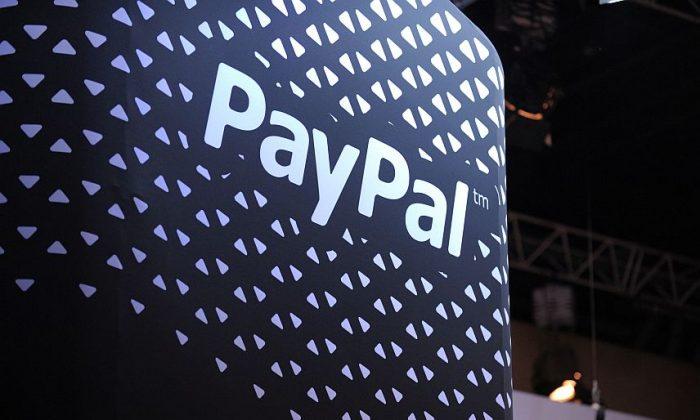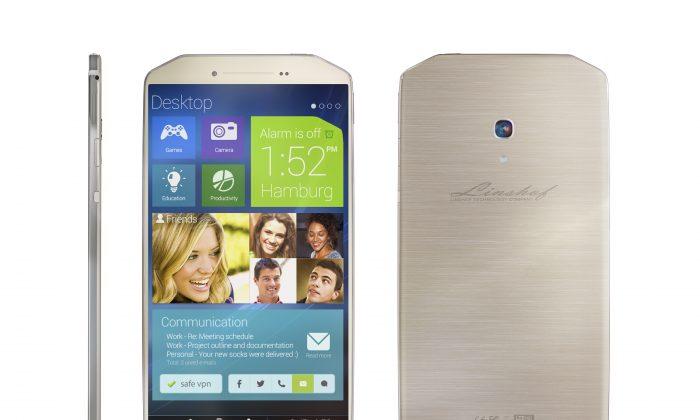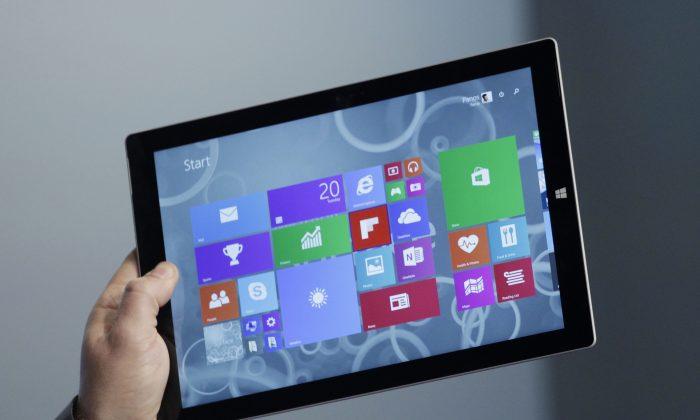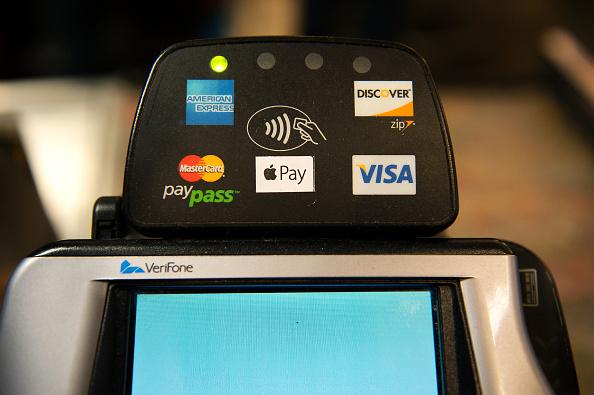With hundreds of billions of dollars at stake, the mobile-payments market has become a battlefield, where companies launch mobile apps bombarding consumers with special offers, enticing them to make a switch.
In a recent report, Gartner estimates that the mobile payment market will be valued at over $712 billion by 2017.
Mobile-payments will change the way people shop—it could possibly provide personalized coupons, instant credit, hands-free payment and line-cutting capabilities, as reported in a recent Forbes Tech article.
PayPal, the long standing online payment company, is facing challenges from others such as Square, and Apple, as well as the many banks that are releasing similar apps.
Square was one of the first companies to provide a mobile payment solution for existing smartphone users, and now it does over a million dollars in transactions weekly. Square’s card reader plugs into the headphone jack of a smartphone, allowing users to take payments over a cellular network.
PayPal launched over 20 products in 2013, one of which was PayPal Here, also known as a Square-killer.
The Forbes Tech article went on to say that Apple believes it can convert its 600 million users to use its mobile payment solution, while replacing signature requirements with its thumb reader, which debuts on the iPhone 5S.
Apple’s mobile-payment solution might not require the use of iBeacon, but it can be used to enhance the shopping experience.
iBeacon is a low-powered Bluetooth technology that is built to locate and track a smartphone in a retail environment. It can then provide additional information, such as deals, depending on which isle you’re in, as well as running totals.
A coffee shop in Britain uses the iBeacon to give away magazines to anyone sitting inside its café, as reported by The Guardian.
Bank of America and Chase are two banks that offer their own mobile-payment solution.
Many believed Near Field Communication (NFC) enabled smartphones would have seen the adoption of mobile-payments increased, but it has since been used more as a method to share data between smartphones.
To capture the mobile-payment market, it is going to take a little luck, the right timing, and some convincing.





Friends Read Free